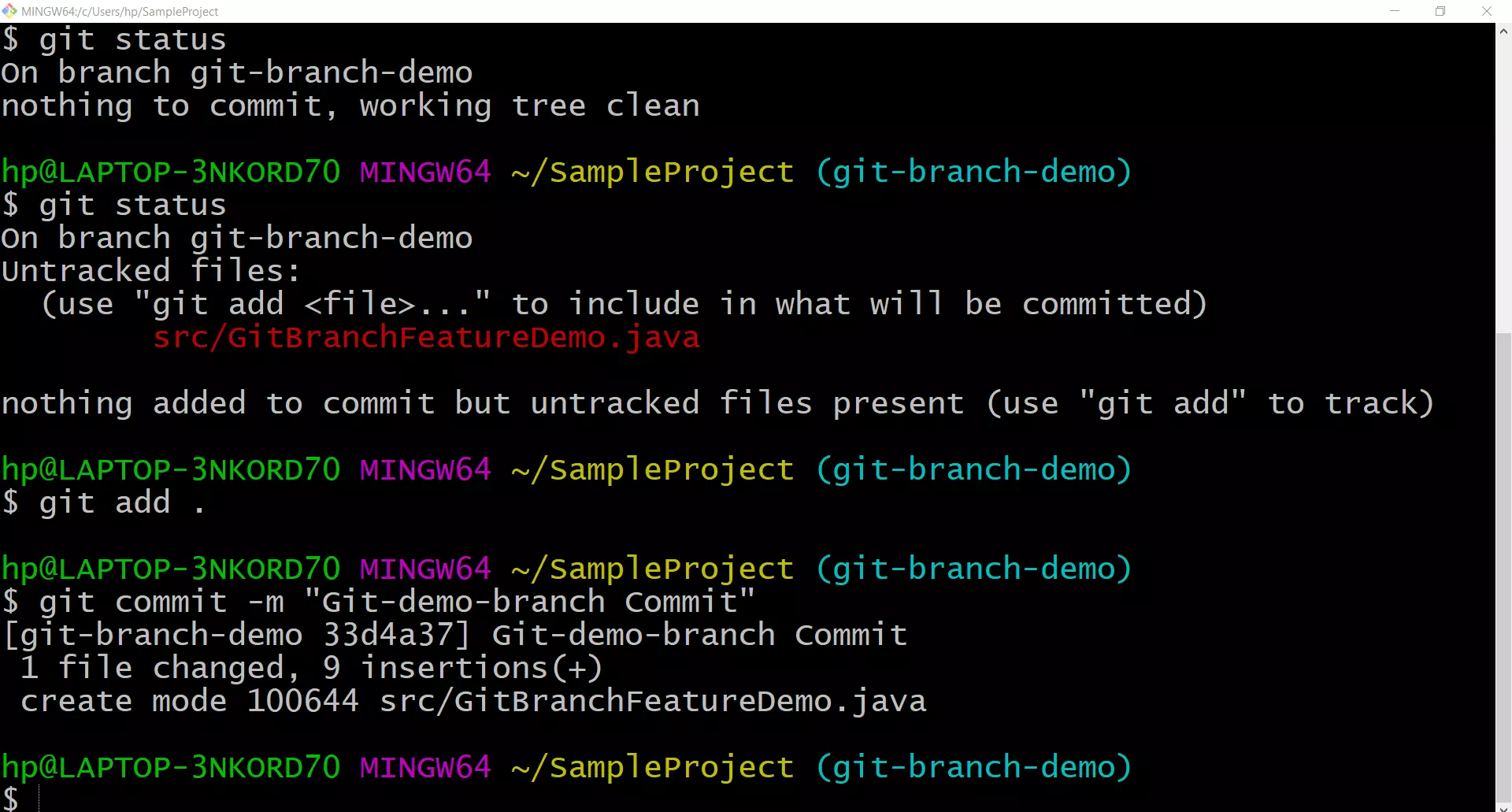

- #CREATE NEW BRANCH GITHUB HOW TO#
- #CREATE NEW BRANCH GITHUB INSTALL#
- #CREATE NEW BRANCH GITHUB SOFTWARE#
- #CREATE NEW BRANCH GITHUB LICENSE#
In the Commit wizard, all files should be selected automatically. The last thing to do is commit the project by right clicking the project node and selecting Team => Commit… from the context menu. The ignored items will be stored in a file called gitignore, which you should add to the repository. the bin folder, right click them and select Navigate => Ignore. To set certain folders or files to be ignored by Git, e.g. After this operation, the question mark should change to a plus symbol. Simply right click the shared project’s node and navigate to Team => Add. the bin directory, won’t have any icons at all.) Before you can commit the files to your repository, you need to add them. (Note the changed icons: the project node will have a repository icon, the child nodes will have an icon with a question mark, ignored files, e.g. The newly created repository will be empty, although the project is assigned to it. In the following window select your project, hit the Create Repository-button and click Finish. Select Git as the repository type and hit Next. a Java class to your project.Īfter you have created your project, select the context menu by right clicking it and navigate to Team => Share Project…. For later purposes it would be useful to add some files, e.g. First, you have to create a project in Eclipse that you want to share via your local repository. In this way, you can version your work locally. One major advantage of Git compared to SVN or CVS is that you can easily create local repositories, even before you share them with other people. The username and email should be the same you use for your Git account, ie. Repeat this procedure with user.email and your email address and click OK in the Preferences window. Enter user.name as Key and your name as Value and confirm. Navigate to Team => Git => Configuration and hit the New Entry… Button. These attributes can be set in the Preferences-window Window => Preferences. EGit ConfigurationĮvery commit in EGit will include the user’s name and his email-address. After the installation has finished restart Eclipse.
#CREATE NEW BRANCH GITHUB LICENSE#
Finally, accept the terms of use and the license agreement and click Finish to start the installation.

Click Next and confirm your selection in the following window by pressing Next again.
#CREATE NEW BRANCH GITHUB INSTALL#
You don’t have to install any other plugins. Select Eclipse EGit as a child from Eclipse Team Git Provider.

#CREATE NEW BRANCH GITHUB SOFTWARE#
If you use an older version of Eclipse, open the Eclipse Wizard to install new software Help => Install New Software. Installing EGit in EclipseĮGit is already included in the Eclipse Juno Release, so you do not need to install it.
#CREATE NEW BRANCH GITHUB HOW TO#
If you are interested in using a web-based IDE, please see this article on how to use Git in the Eclipse Theia IDE. This tutorial is available now as a downloadable PDF. Please help us to keep this tutorial up-to-date by reporting any issues or questions. It requires only some basic knowledge about the Git processes. This Tutorial describes the basic use cases for EGit.



 0 kommentar(er)
0 kommentar(er)
